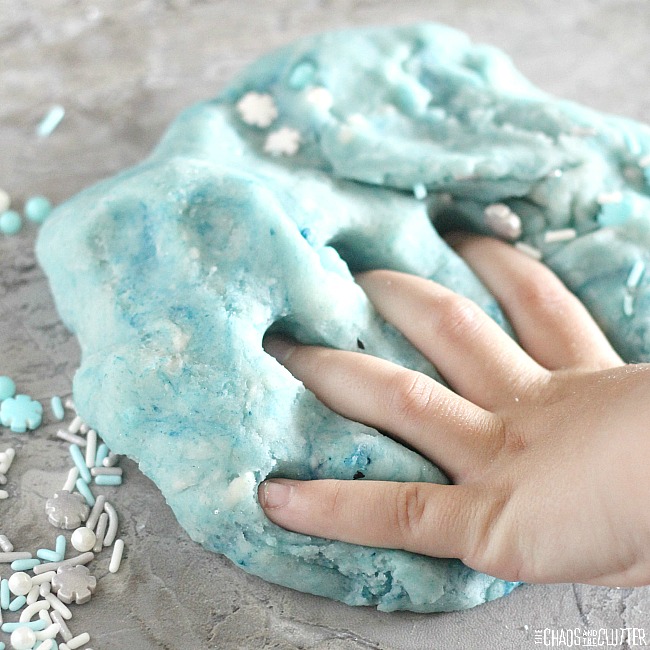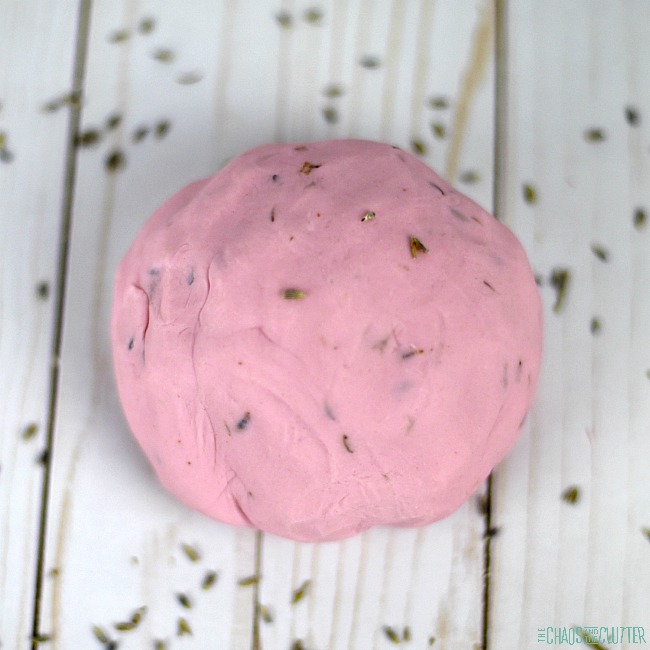Having taste safe sensory play recipes creates a wonderful opportunity for toddlers and preschoolers to create. With just 3 ingredients, this pudding playdough is easy to make and it’s completely edible.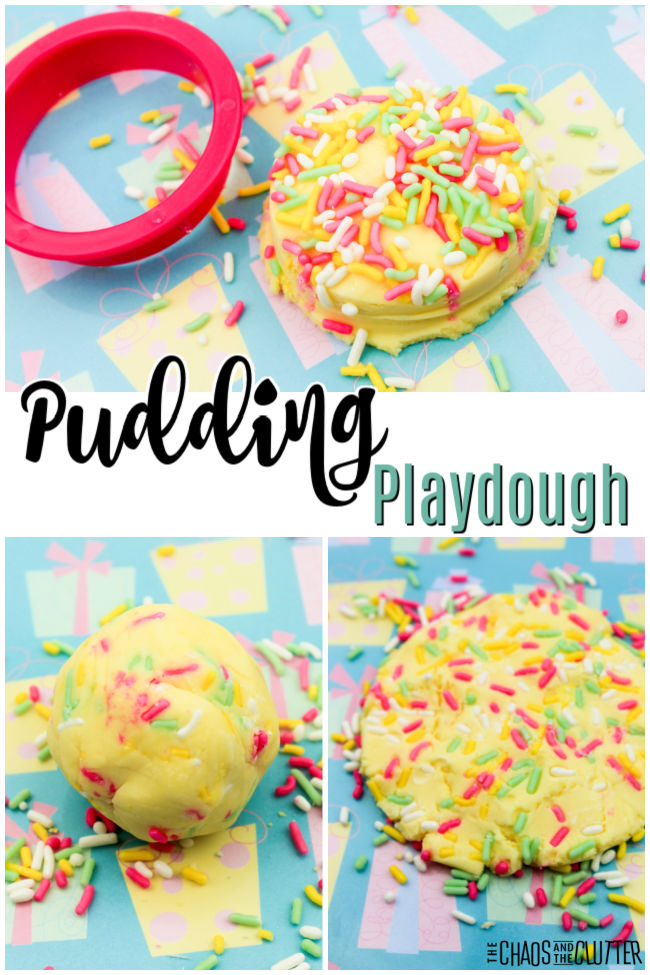 Kids can mould and shape to their heart’s content. It’s such a fun activity.
Kids can mould and shape to their heart’s content. It’s such a fun activity.
We love creating taste safe sensory play recipes like our Edible Shark Fluffy Slime, Condensed Milk Edible Paint, or Edible Freezie Painting.
Pudding Playdough Recipe:
Supplies needed:
- ¼ cup vanilla flavored instant pudding mix (note: if you purchase the 3.4 oz. box, you will have some left over to make a second batch)
- 1 cup cornstarch
- ⅓ cup warm water
- mixing bowl
- mixing spoon
- candy sprinkles (optional)
- cookie cutters (optional)
Instructions:
- Add the pudding mix to the mixing bowl.
- Add half of the corn starch to the bowl.
- Pour in the water.
- Stir to mix the dough.
- Add in the other half of the corn starch.
- Mix well.
- Finish by kneading the dough with your hands until you get the desired consistency. The dough should feel soft to the touch when you start mixing and should not be sticky.
- If you find that your dough is sticky, add more corn starch.
If you want, you can add the candy sprinkles to the dough.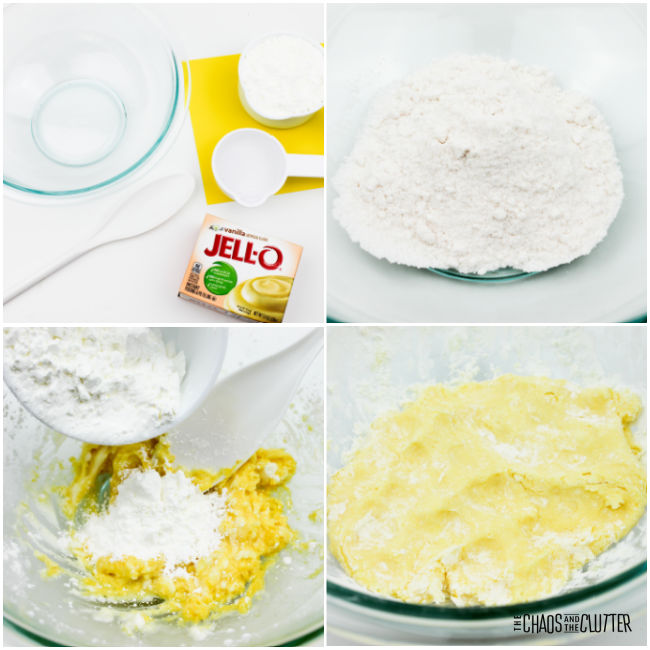
Your child can play with the playdough on the table or on a plastic play mat for easy cleanup.
You can set out cookie cutters to add a fine motor element to the playdough station.
When done playing, store any leftover dough in an airtight container in the fridge.
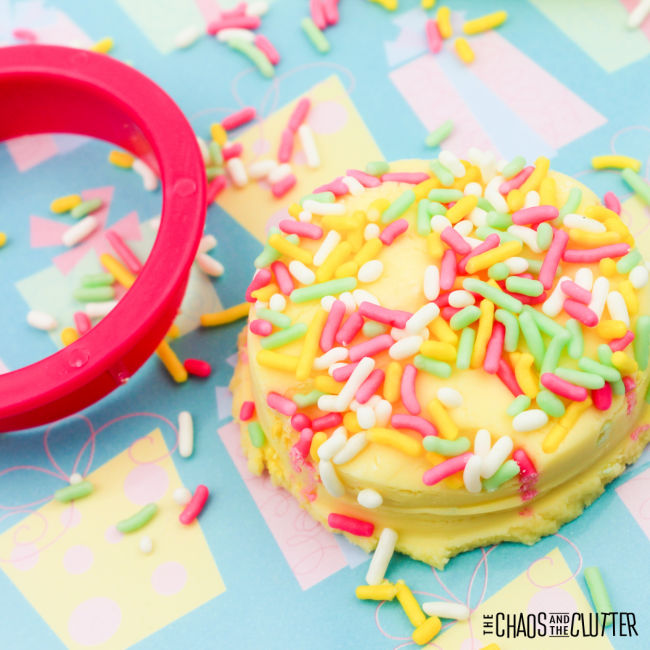
Sensory Benefits:
The dough naturally smells of vanilla because of the vanilla pudding mix, so there are many sensory elements to this playdough. It gives tactile (touch), olfactory (smell), proprioceptive from the squeezing and squishing of the dough, and gustatory (taste) sensory input.
Why use taste safe playdough?
The high salt content in regular playdough can be dangerous when eaten. For young children who are at that age and stage of putting everything in their mouths or for older kids who have a hard time understanding not to eat the dough, taste safe dough provides a wonderful alternative.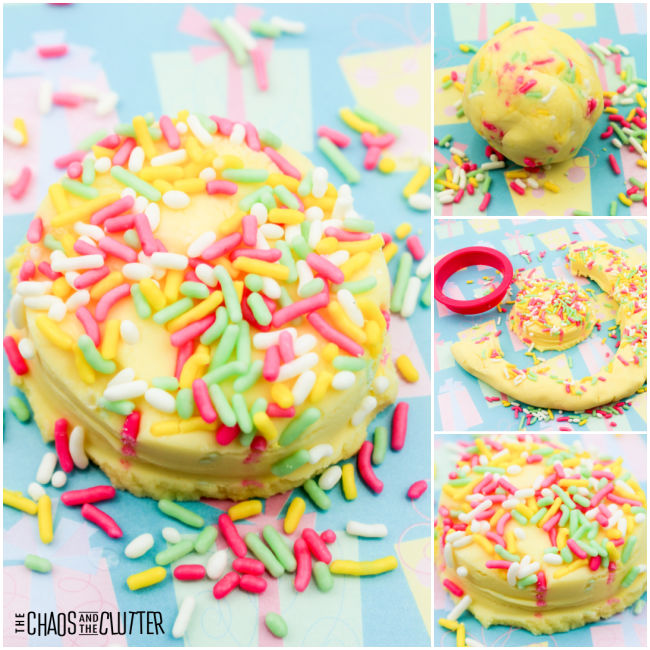 The ingredients are ones that you may already have in your pantry which is another benefit to choosing to make this edible pudding play dough.
The ingredients are ones that you may already have in your pantry which is another benefit to choosing to make this edible pudding play dough.
Variations on this pudding playdough recipe:
- Use lemon pudding mix, chocolate pudding mix, or butterscotch pudding mix to change the flavour and the colour.
Looking for more awesome sensory play recipes for kids? You can grab a free sample chapter of our Sensory Play Recipes eBook here.
Check out some of our other taste-safe play recipes:
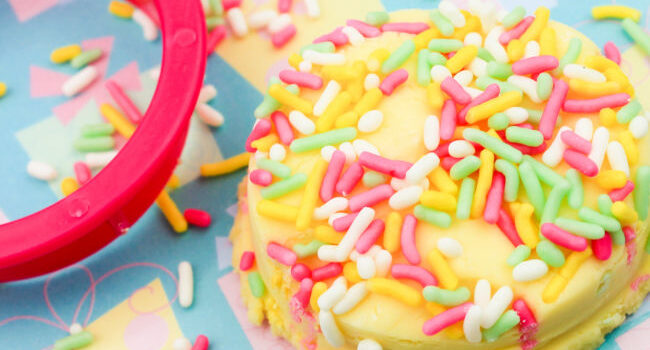
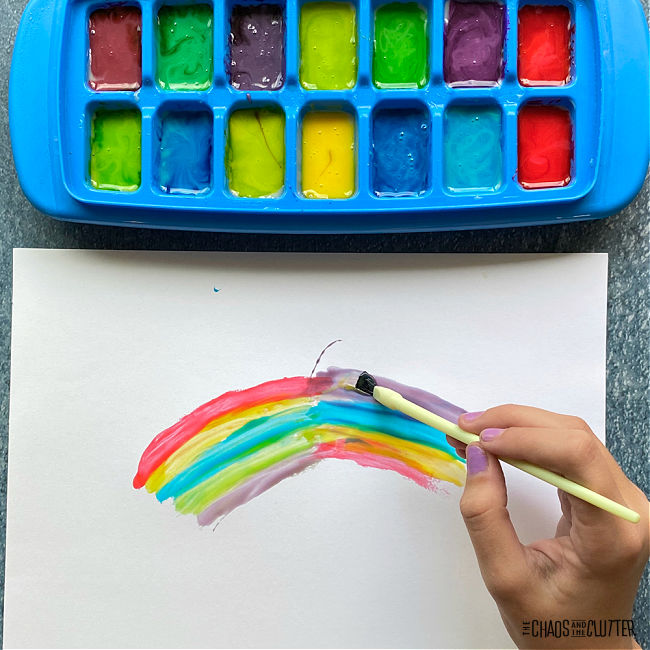
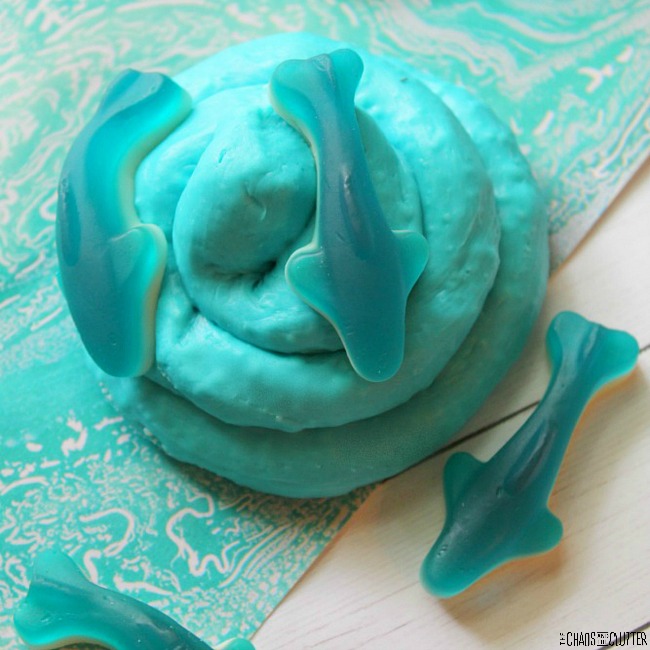
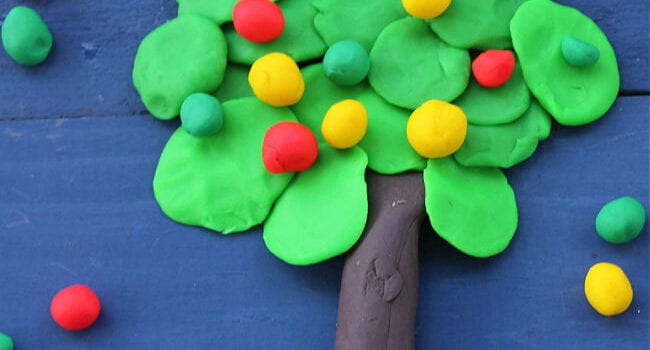
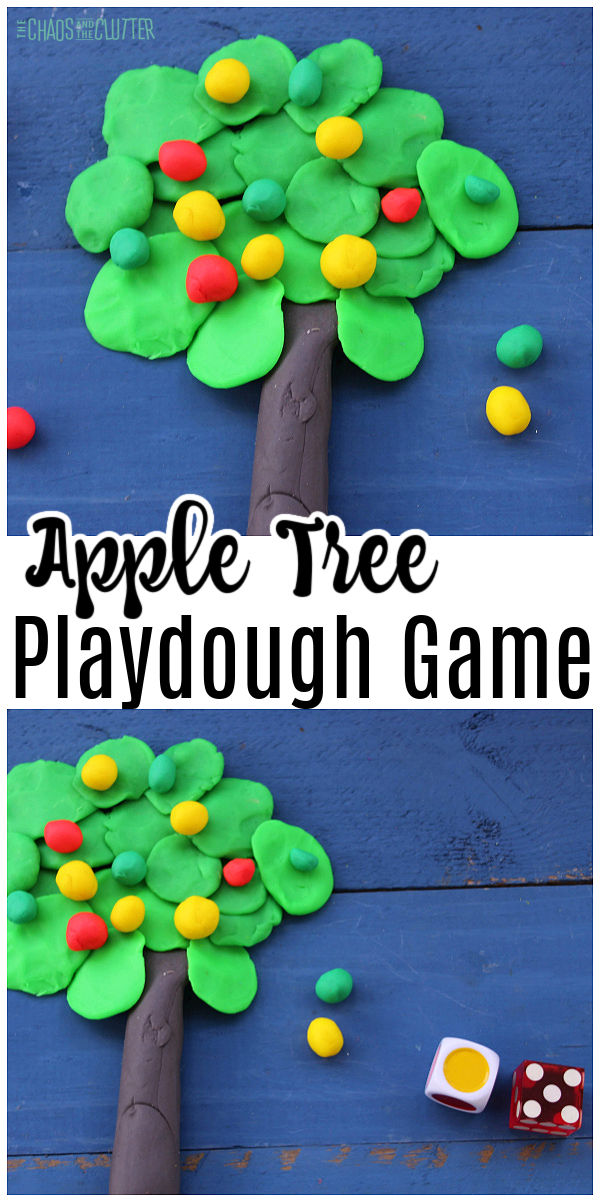 This easy activity is suitable for preschoolers who are just learning these concepts or even for children in Kindergarten or early elementary to help reenforce colour and counting concepts.
This easy activity is suitable for preschoolers who are just learning these concepts or even for children in Kindergarten or early elementary to help reenforce colour and counting concepts.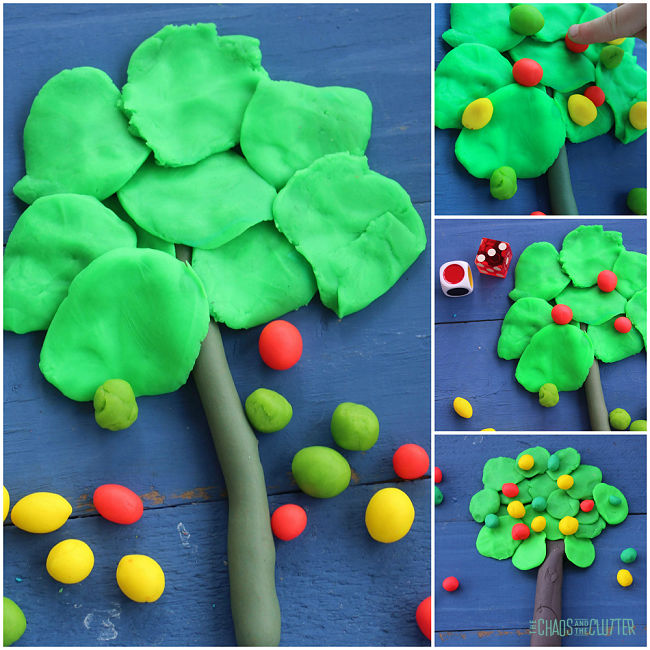 Directions:
Directions: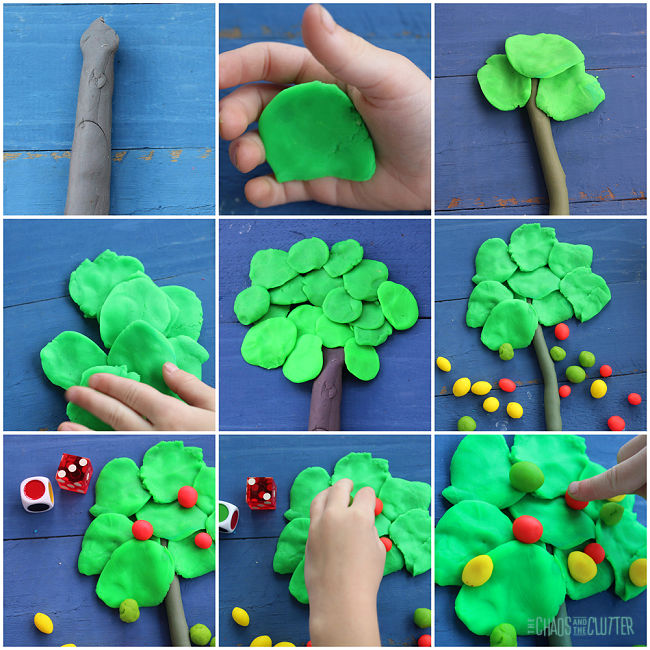
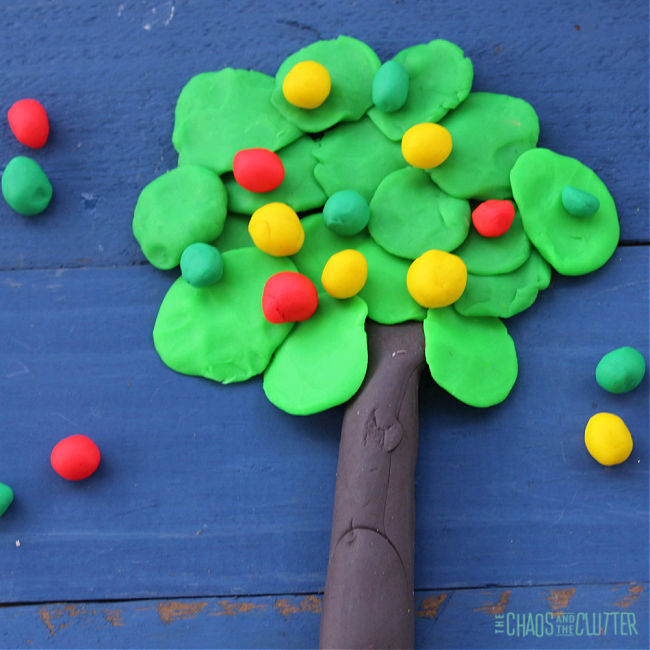




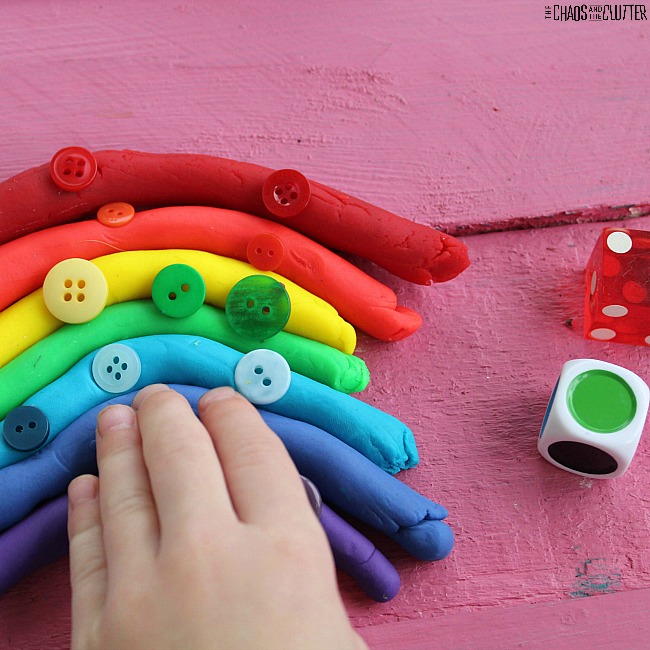
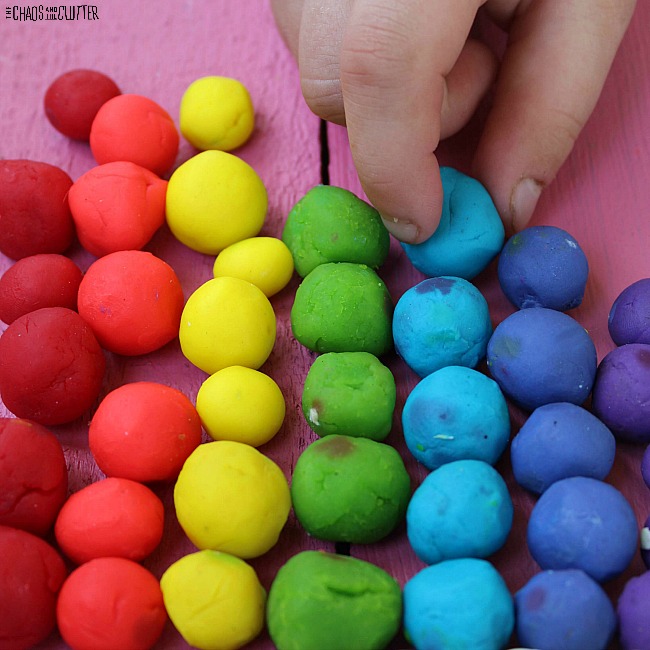

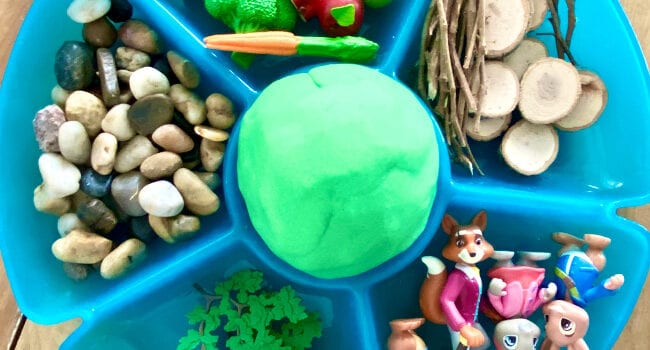
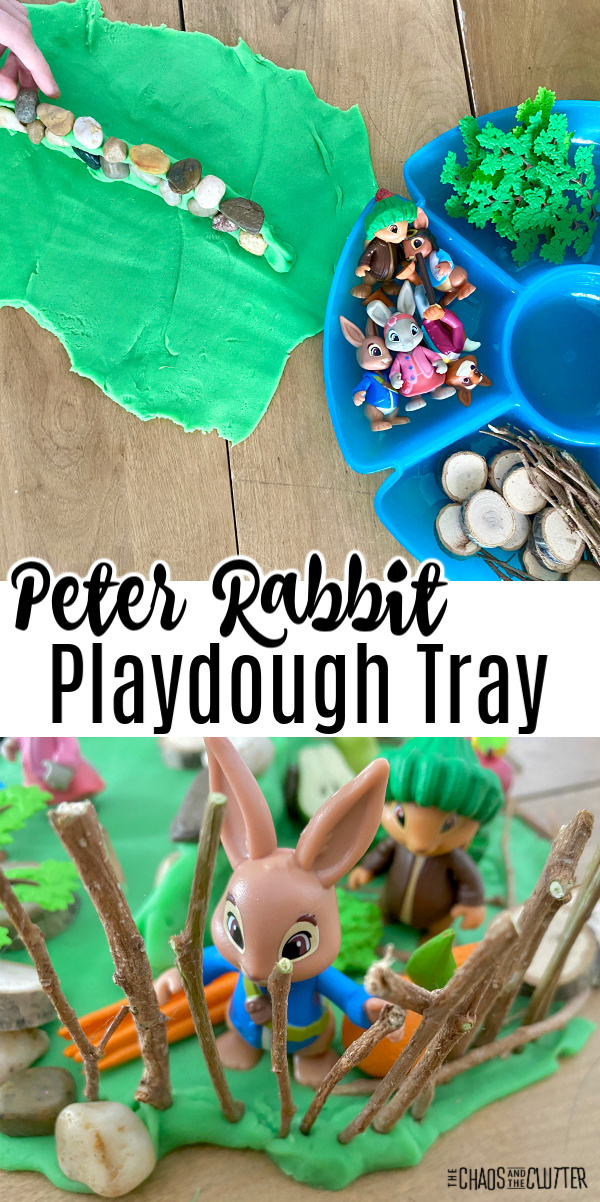 This sensory play activity is engaging and a wonderful learning opportunity. If your child has seen the movies or read the books, they can recreate scenes or they can just use their imaginations to build their own Peter Rabbit world. They can then act out scenarios with the characters.
This sensory play activity is engaging and a wonderful learning opportunity. If your child has seen the movies or read the books, they can recreate scenes or they can just use their imaginations to build their own Peter Rabbit world. They can then act out scenarios with the characters.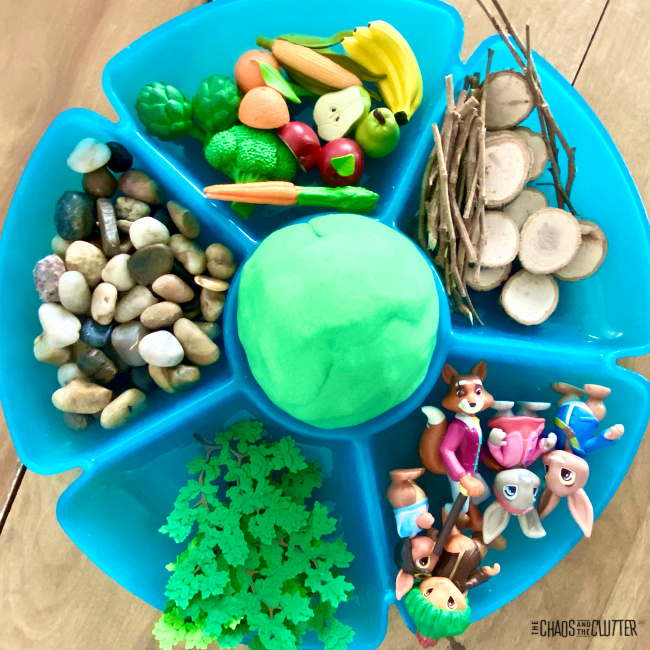 KitchenAid Directions:
KitchenAid Directions: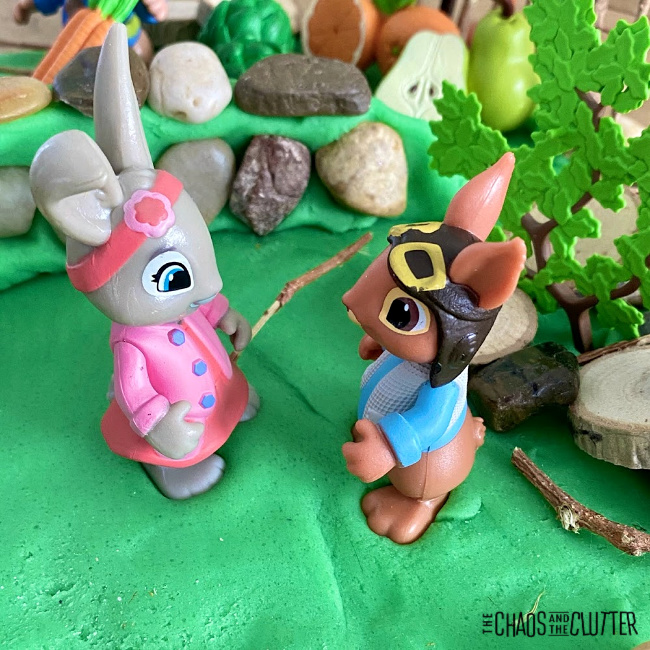
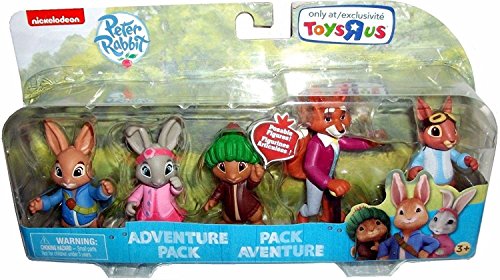


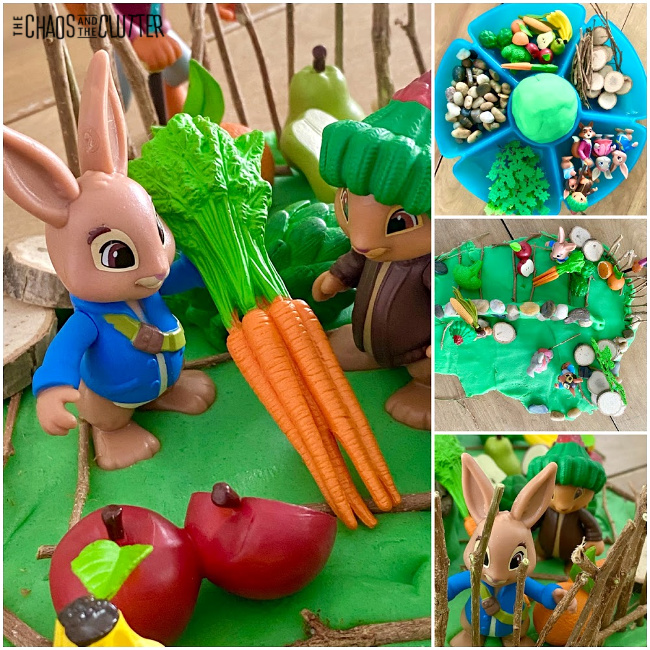 This activity is so sensory rich. Kids engage their visual, tactile, and proprioceptive sensory systems when they are squishing, moulding, sculpting, shaping, rolling, and pressing the dough and the other items in the invitation to play. If scented playdough is used, then they are also engaging their olfactory sensory system.
This activity is so sensory rich. Kids engage their visual, tactile, and proprioceptive sensory systems when they are squishing, moulding, sculpting, shaping, rolling, and pressing the dough and the other items in the invitation to play. If scented playdough is used, then they are also engaging their olfactory sensory system.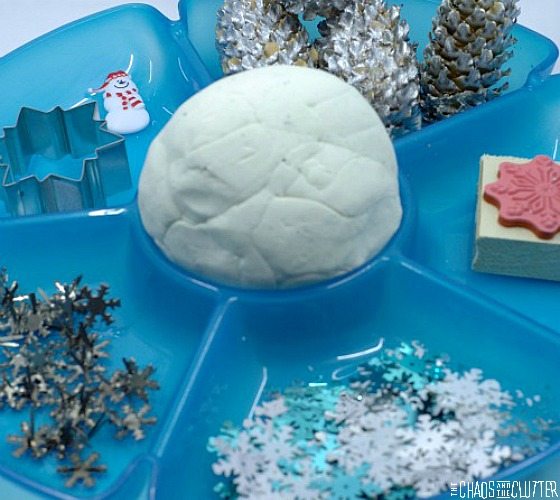
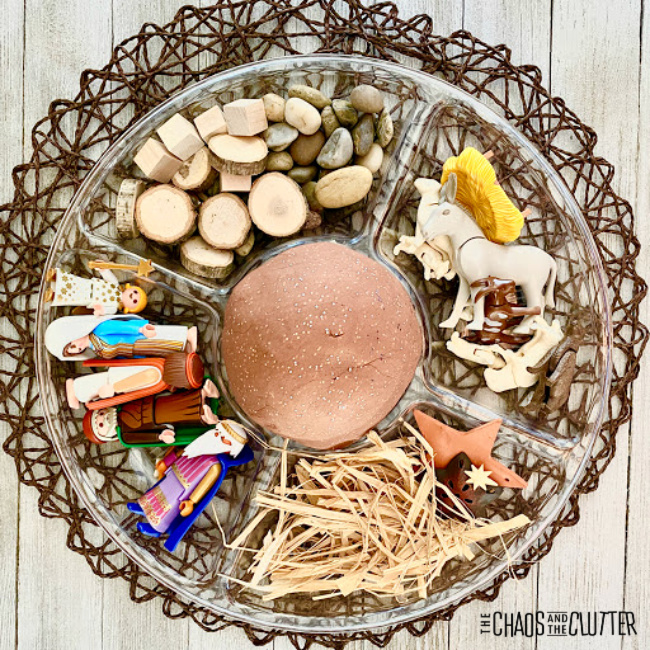
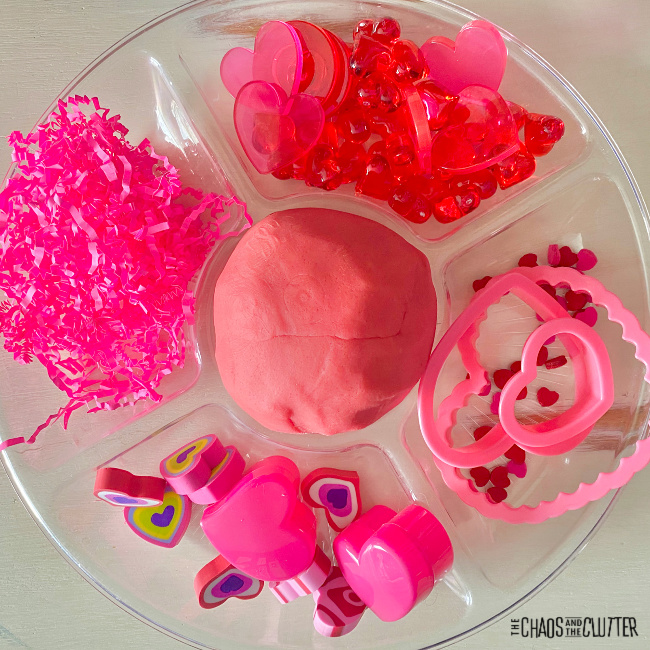
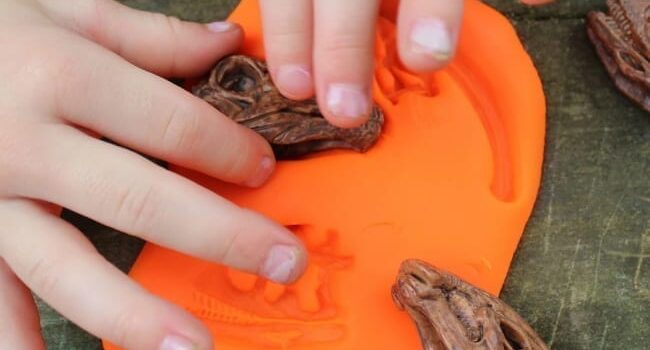
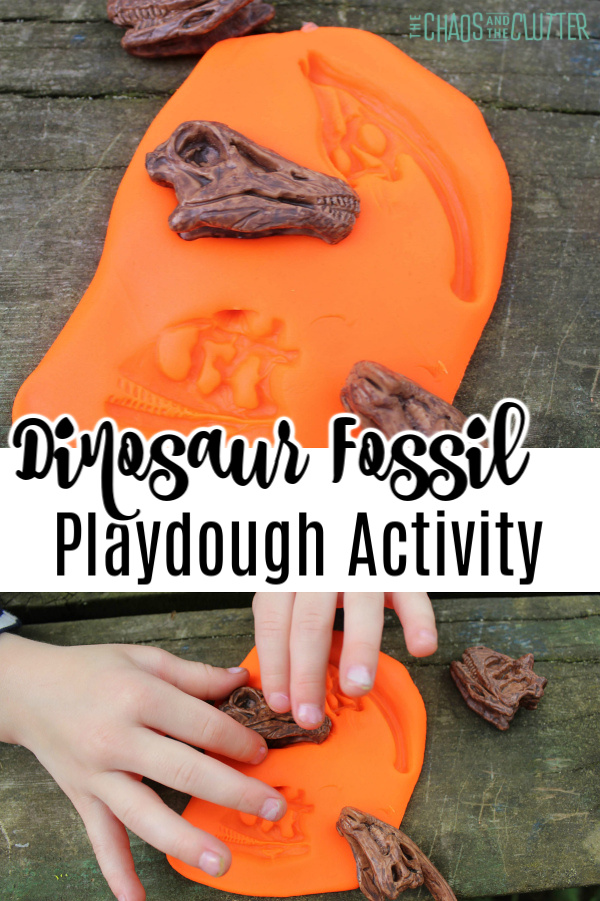 This simple activity which also gives fine motor skill practise is great for preschools or home. For older kids, it can be a good way to involve sensory into a unit study.
This simple activity which also gives fine motor skill practise is great for preschools or home. For older kids, it can be a good way to involve sensory into a unit study.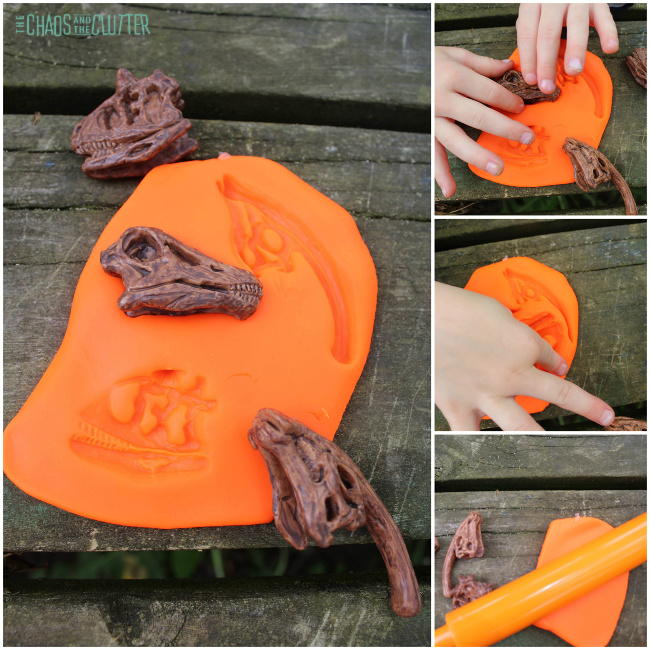 Directions:
Directions:
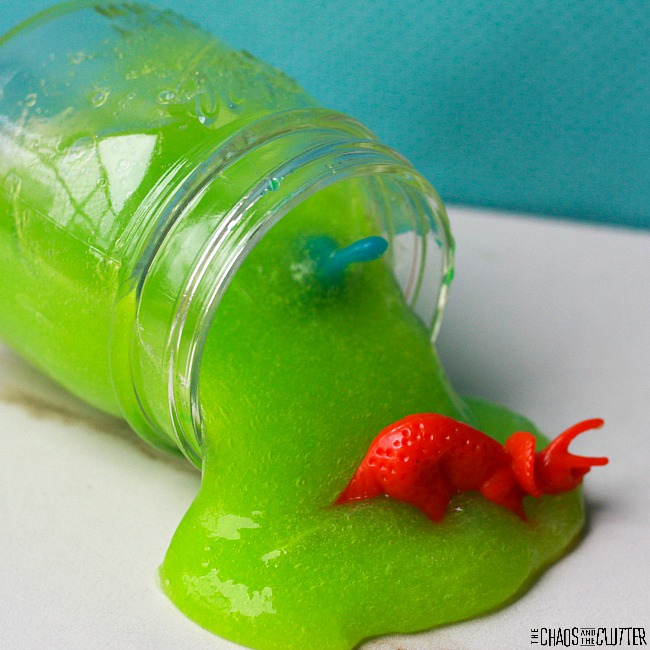
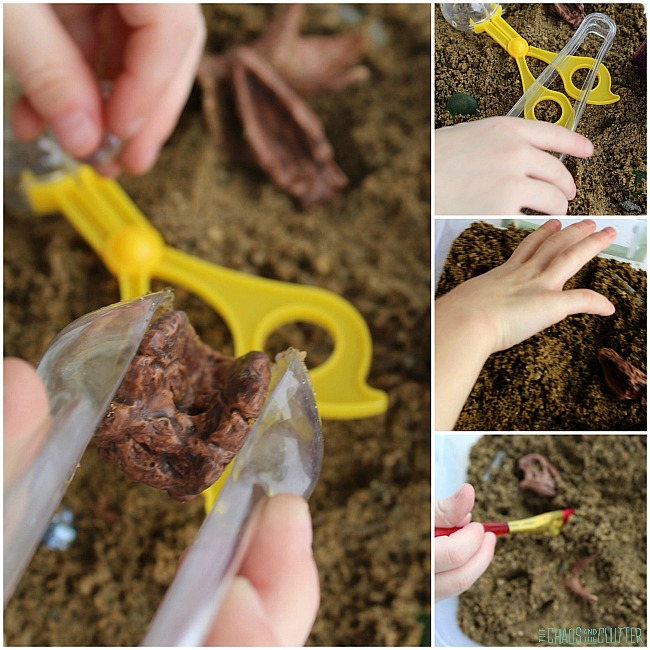
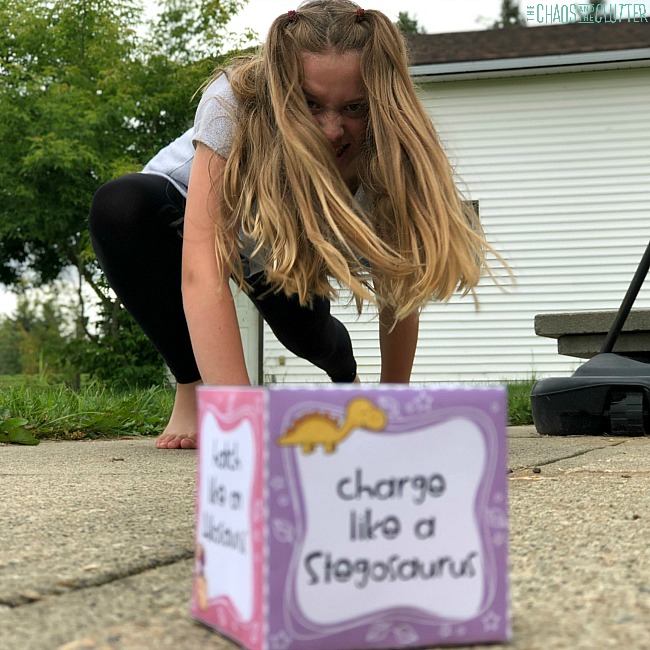
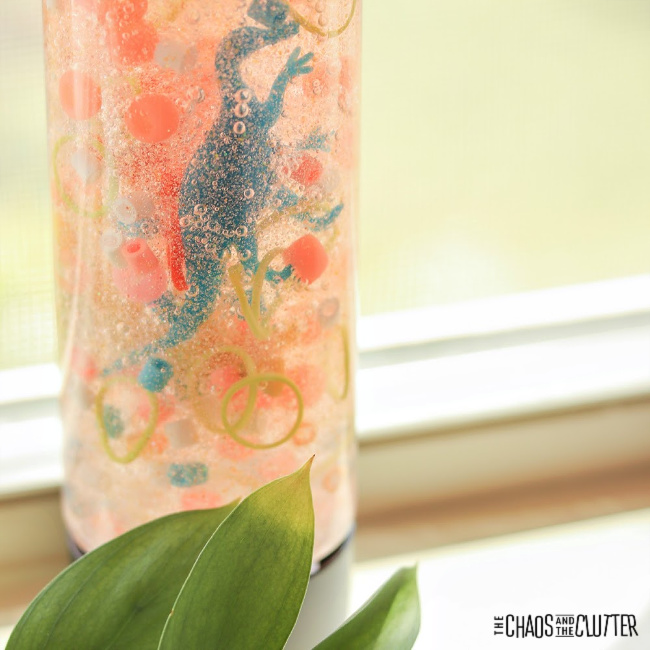
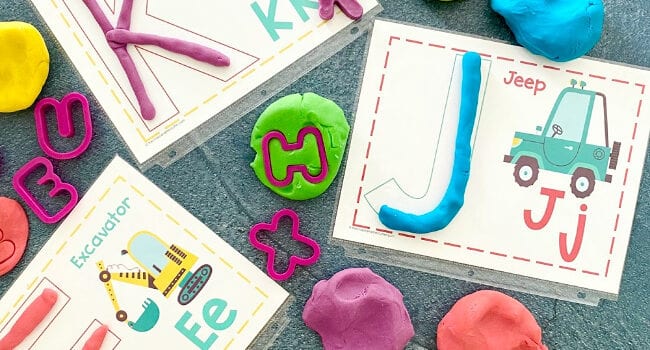
 When we first brought home two of our kids from Ethiopia, not only were they trying to learn a new language, they were trying to learn a new alphabet. I tried all of the usual methods to no avail. My kids weren’t making any progress.
When we first brought home two of our kids from Ethiopia, not only were they trying to learn a new language, they were trying to learn a new alphabet. I tried all of the usual methods to no avail. My kids weren’t making any progress.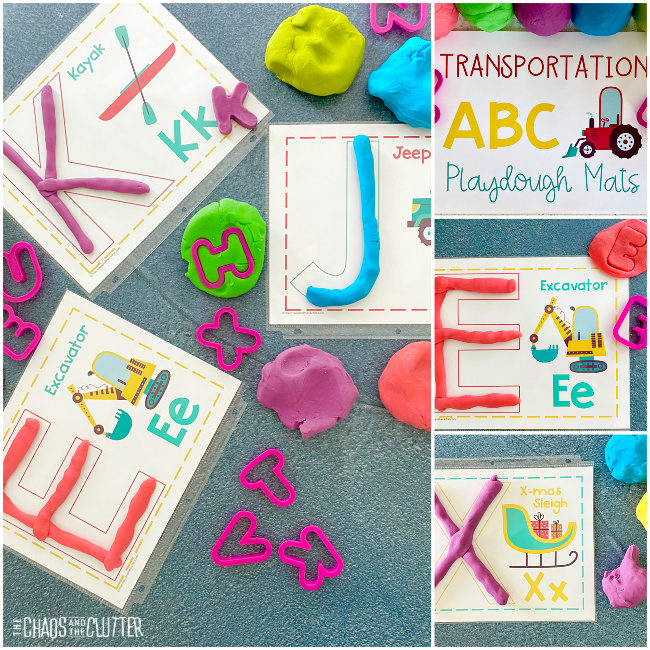
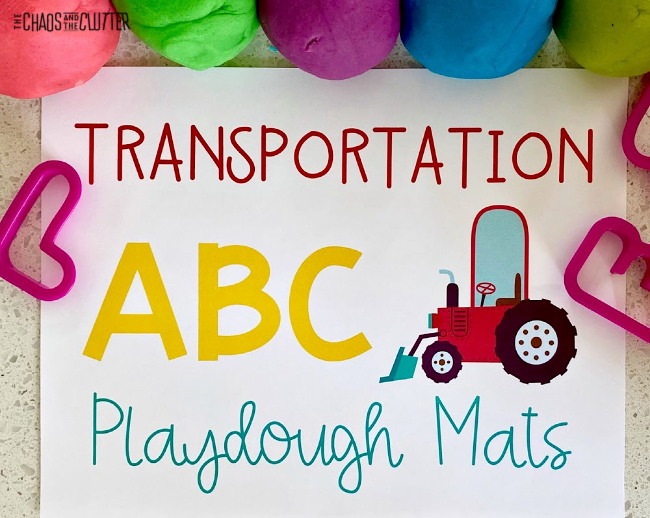
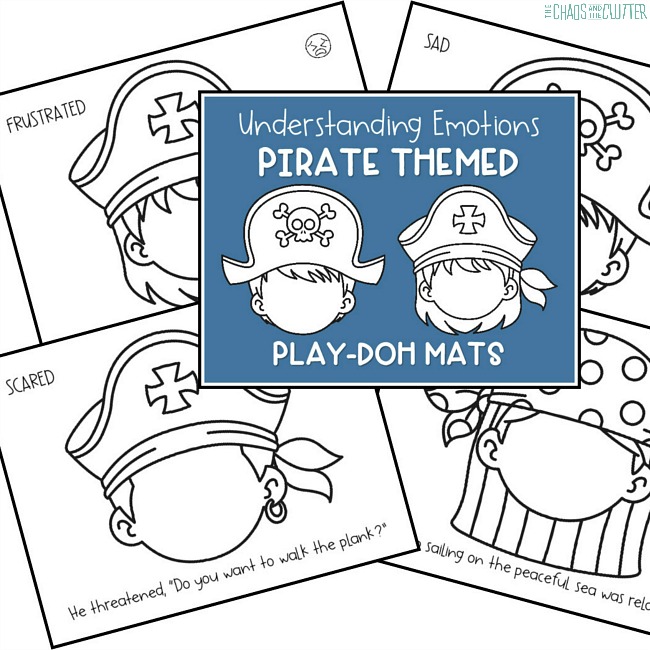
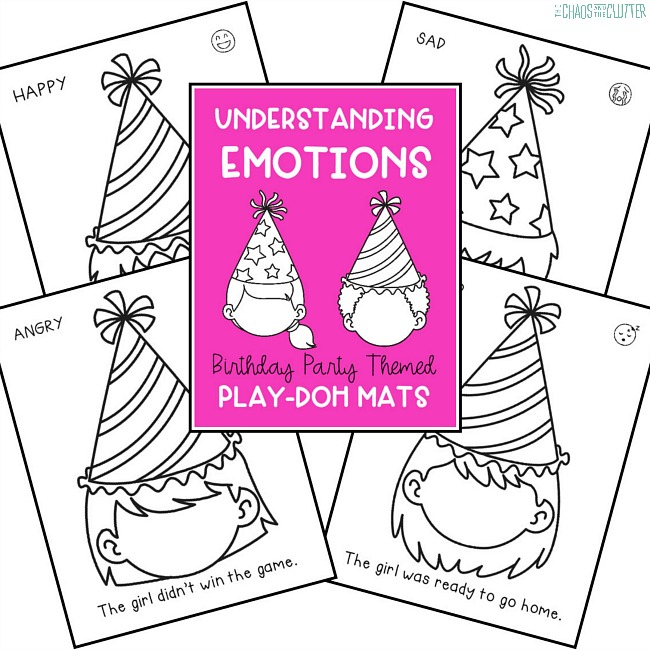
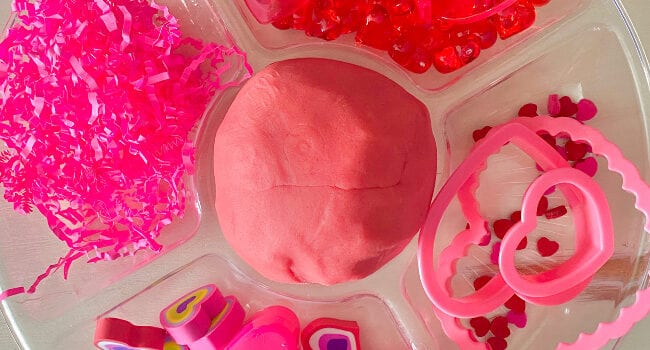
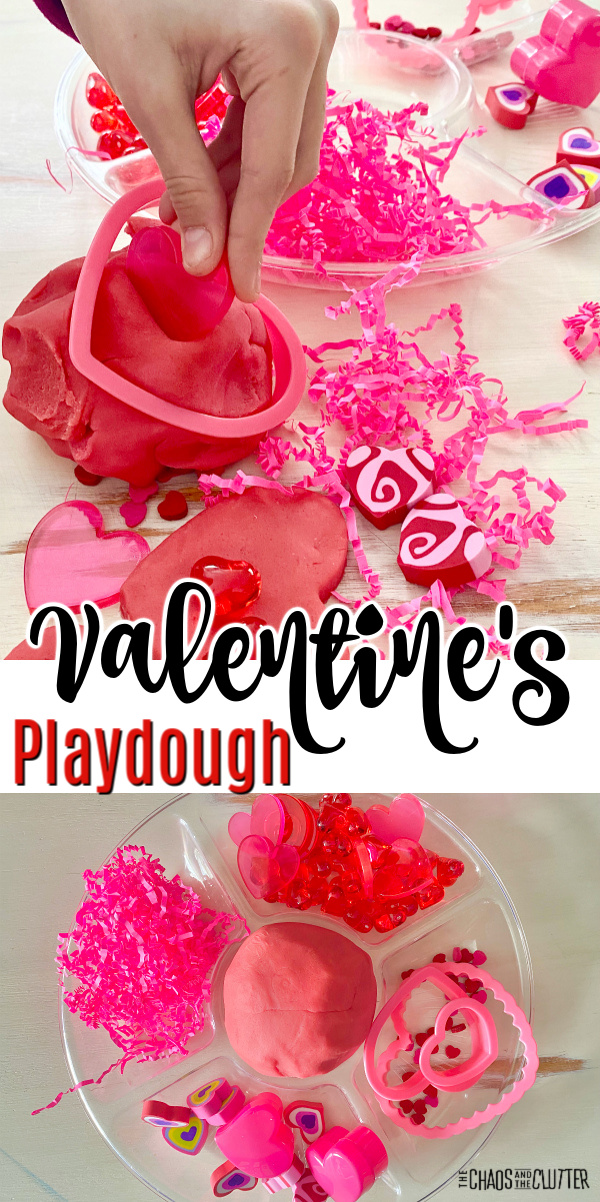
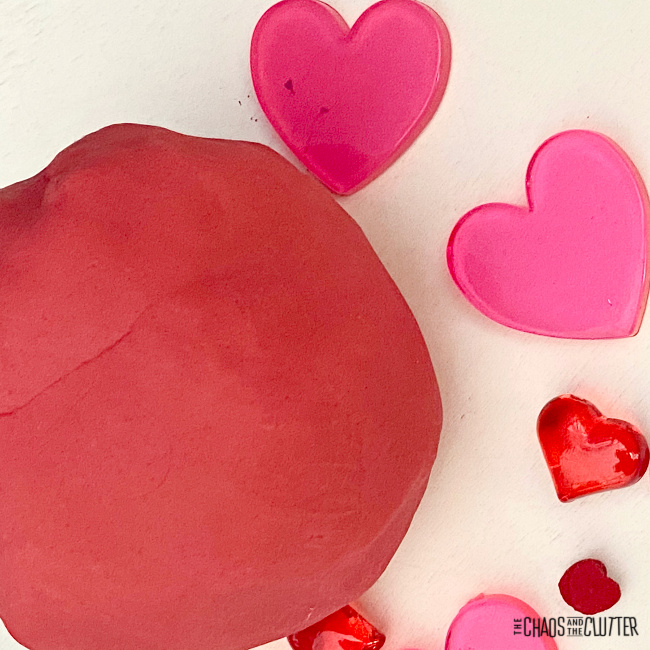 Stovetop Directions:
Stovetop Directions: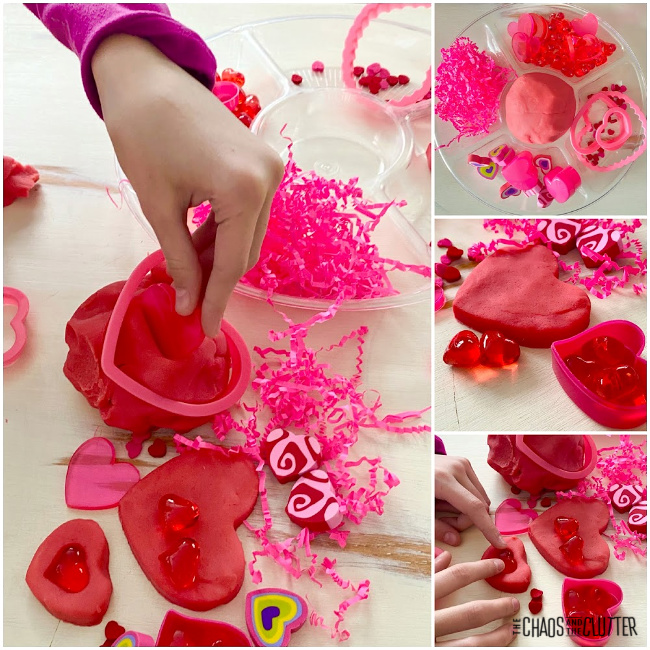 Are you looking for other easy sensory play recipes? Join us for a free five day email series on Sensory Activities and Solutions and get a sample of our Sensory Play Recipes eBook.
Are you looking for other easy sensory play recipes? Join us for a free five day email series on Sensory Activities and Solutions and get a sample of our Sensory Play Recipes eBook.